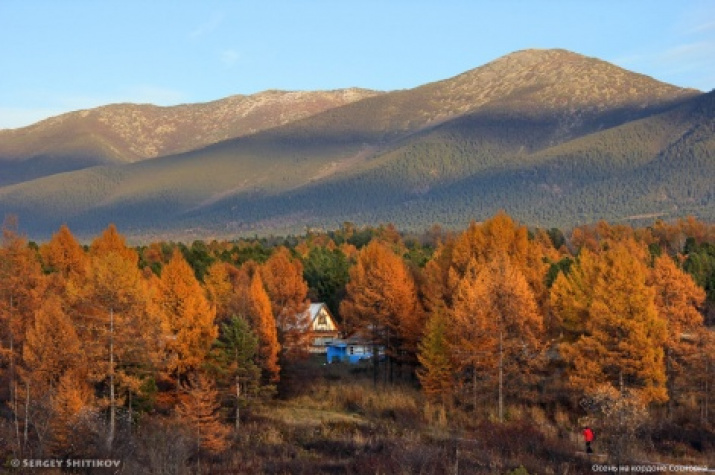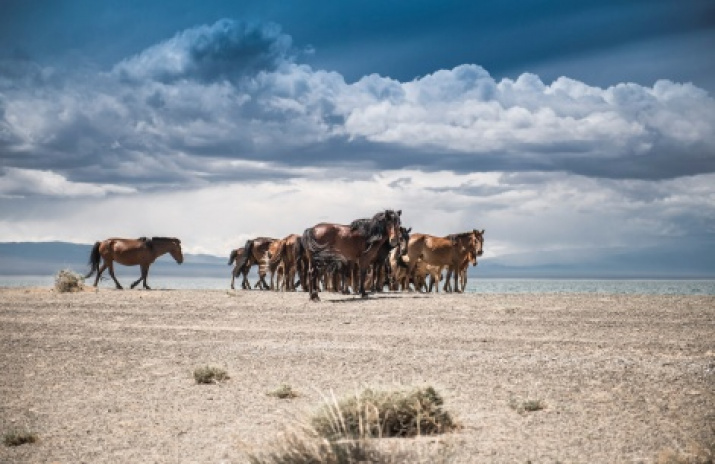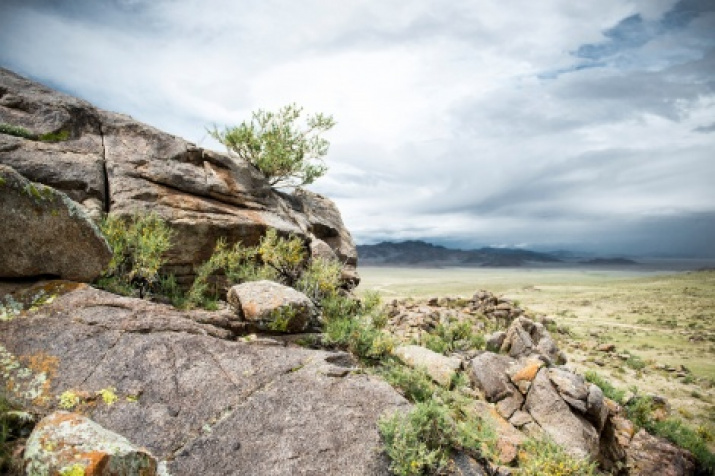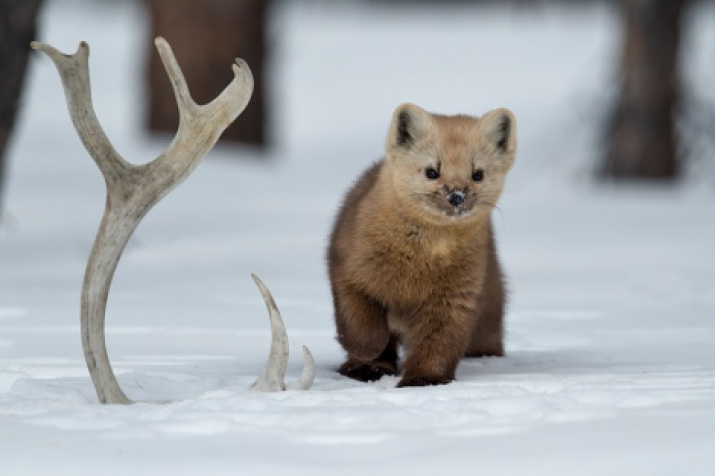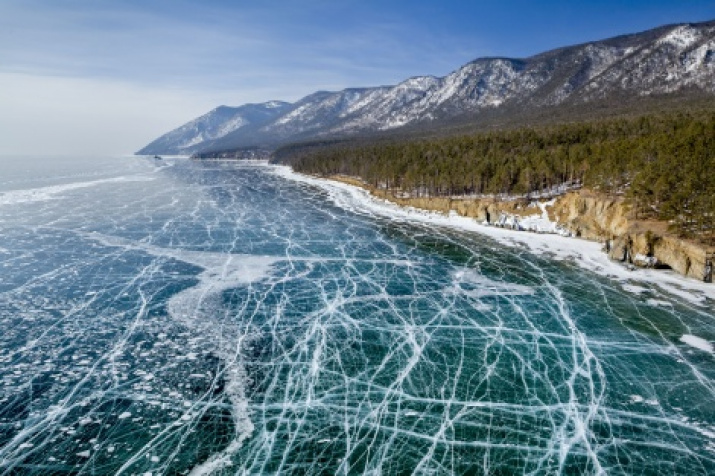The year of 2017 is announced in Russia the Year of Specially Protected Natural Areas. The Russian Geographical Society stood at the origins of the reserve system in our country.
The Vice-President of the Russian Geographical Society, the Chairman of the Standing Environmental Commission of the Russian Geographical Society Alexander Chibilev tells about the reasons why the history of reserve management began long before the foundation of the first reserve, what for the nomads created nature reserves and what for is it needed to protect the territories, which had not been touched by human activity.
Ship forests and pristine forests
The word «pristine» appeared in Russia in the XVIII- th century applied to the state-own ship forests, which were important for the fleet. Such kind of forests were announced to be pristine in order not to be cut down, because it was necessary to preserve the strategic raw materials.
Then, in the XIX-th century, the word «pristine» was applied to noble land estates with the area of not less than 10 thousand acres. In this case «pristine» meant indivisible, transmitted by special order of inheritance land of the landlords.
From «Kuruk» to reserve
Wild nature protection in Eurasia has an ancient history. Nomadic people had the concept of «Kuruk», that meant nature reserve, land excluded from the public use. Those lots of wildlife were used to save the animals, better pastures and khan's hunting in the Middle Ages in Mongolia and Central Asia. Such kind of tradition existed not only with the Turko-Mongol, but at Finno-Ugric and Slavic peoples.
In the end of the XIX-th century there started being created private reserves on private landholdings in Russia. The first such reserve was created on the initiative of the Russian landowner of German origin Friedrich Faltz-Fein. In the year of 1898 he allocated lot virgin steppe of 500 tithes on the Black Sea Coast withdrawing it from normal use and having claimed it to be protective in perpetuity – that was future Askania-Nova.
The project of Dokuchaev
By the end of XIX – the beginning of the XX century, all the steppes were plowed, almost disappeared their typical inhabitants such as wild horse, bustard, little bustard. There was no concept of «The Red Book» at that time, and no one spoke about the nature protection. Because of great problems in the agricultural regions of Russia many scientists argued for the need of conservation of nature of steppes.
Thus, the founder of modern soil science Vasiliy Dokuchaev spoke out the idea of organization of special stations – some kind of natural standards, which could target solely the study of natural processes, the protection the unique flora and fauna, not to show the tourists. The first stations were created in Voronezh province (Stone Steppe), and in Kharkov province as well. These are exactly the steppe areas which served as a prototype of future Russian reserves.
The Environmental Protection Commission of the Russian Geographical Society: history and modernity
A business of Dokuchaev was continued by the botanist Ivan Borodin. At the general meeting of the Imperial Russian Geographical Society in 1909 he made a presentation about the necessity of the need to preserve the nature of Russia, after that there was taken the decision to establish the Environmental Protection Commission in the Society. With the active participation of the scientist there was created the Standing Environmental Commission of the Russian Geographical Society in 1912.
Such commissions had been already working in many major regional divisions of the Imperial Russian Geographical Society, for instance, in Orenburg, East Siberia and in the Caucasus as well by 1914-1915.
In October, 1917 there was presented the first geographical plan of placement of reserves on the territory of Russia at the Commission meeting. Its author of this plan was Veniamin Semenov-Tyan-Shanskiy, son of famous geographer and statesman, suggested to establish reserves by type of American national parks. However this idea received another sequel in our country. Scientific approach to reserve management in Russia was worked out by Grigoriy Kozhevnikov, a professor of the Moscow University.
The 11th of January, 1917 (the 29th of December, 1916 according to the Old Style) there was founded the first nature reserve in Russia – Barguzinskiy. It is located on the shore of Lake Baikal and originally it was essentially reserve on Sable Protection. Thanks to the suggestions of the members of the Standing Environmental Commission of the Imperial Russian Geographical Society in the 20-s already there are being created the first reserves in the modern understanding of this word: Astrakhanskiy, Ilmenskiy, Caucasian, Zhigulevsky, Condo Sosvinsky and others.
In the year of 1918 the Commission ceased to exist. Nevertheless, its work had a decisive influence on all subsequent programs and plans of development of protected natural areas in the period of the USSR and modern Russia.
The leadership of the Society, headed by the President Sergey Shoygu took the decision to revive the work of the Commission in 2012, for the 100-th anniversary of its foundation.
A.A.Chibilev: «The word «pristine» implies integrity. We must preserve national traditions and approach to reserve management. We must not conduct any experiments on the territory of reserves, we must not try to improve them. We must protect Specially Protected Natural Areas from irresponsible tourism, prohibit the alienation of protected areas for any business. The principle of nature protection, founded by Kozhevnikov and Borodin, must not be broken».

